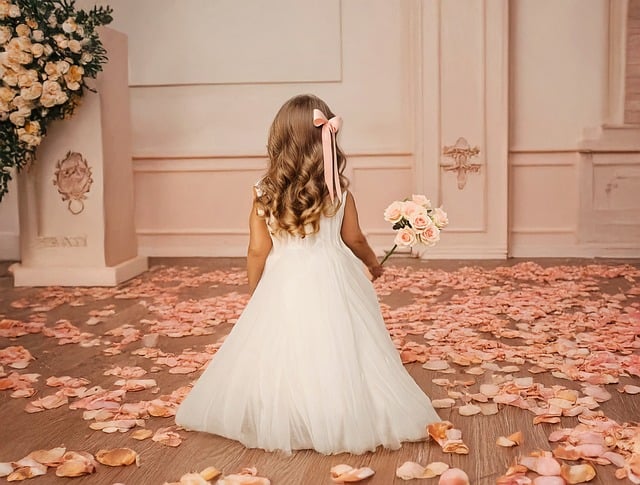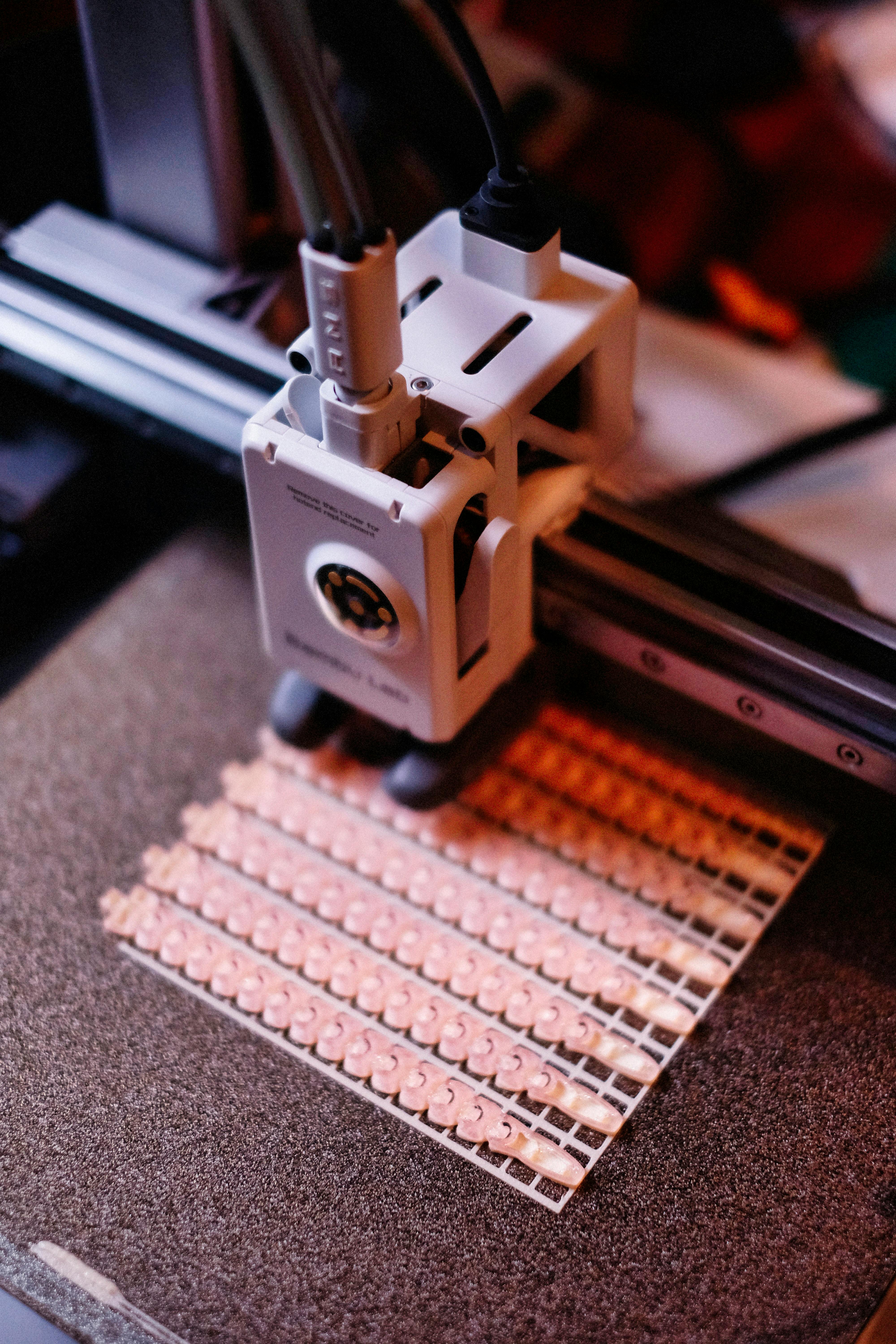Floriography: The Modern Revival of Victorian Flower Language
Reviving a long-forgotten art, floriography is blossoming in contemporary home decor and garden design. This enchanting practice of communicating through flowers, once a staple of Victorian-era romance, is finding new life in today's homes. From carefully curated bouquets to strategically planted gardens, the language of flowers is whispering its way back into our living spaces, adding layers of meaning to our everyday environments.

In the 19th century, floriography reached its peak with the publication of various flower dictionaries. These guides meticulously detailed the symbolism associated with different flowers, herbs, and plants. Red roses symbolized passionate love, while yellow carnations signified disappointment. This nuanced vocabulary of flora enabled Victorians to express a wide range of emotions and messages, from declarations of love to subtle warnings.
The Modern Resurgence
Today’s revival of floriography goes beyond mere nostalgia. It represents a desire for deeper connections in our increasingly digital world. Homeowners and designers are embracing this historical practice, infusing it with contemporary aesthetics to create spaces that speak volumes without uttering a word.
The renewed interest in floriography aligns with the broader trend of mindful living. As people seek to create more intentional and meaningful spaces, the idea of surrounding oneself with flowers and plants that carry personal significance has strong appeal. This revival is not about replicating Victorian-era designs but rather about incorporating the essence of floriography into modern interiors and gardens.
Incorporating Floriography in Home Decor
Modern floriography in home decor is subtler and more personalized than its Victorian predecessor. Instead of adhering strictly to historical meanings, today’s enthusiasts often create their own floral language, assigning personal significance to different blooms based on memories, experiences, or aesthetic preferences.
One popular approach is the creation of floriography-inspired art pieces. Pressed flower arrangements, framed and displayed as wall art, can tell a story or convey a message. For instance, a composition featuring lavender (for devotion), rosemary (for remembrance), and white heather (for protection) might represent a loving tribute to a family member.
Floral wallpapers and fabrics are also experiencing a renaissance, with designers creating patterns that go beyond mere decoration. These designs often incorporate flowers chosen for their symbolic meanings, allowing homeowners to surround themselves with messages of love, growth, or serenity.
The Language of Gardens
The revival of floriography extends beyond interior spaces into garden design. Homeowners are creating themed gardens based on emotions or life events, using plants and flowers to tell personal stories or create specific atmospheres.
For example, a “courage garden” might feature daffodils (symbolizing new beginnings), thyme (for courage), and gladiolus (for strength of character). These thoughtfully curated spaces serve not only as beautiful outdoor retreats but also as living, growing expressions of personal narratives.
Landscape designers are also incorporating floriography principles into their work, creating gardens that evolve throughout the seasons to convey changing messages. This approach adds an extra layer of depth to outdoor spaces, making them more engaging and meaningful for their owners.
Floriography in Modern Gifting and Events
The resurgence of floriography has influenced the world of gifting and event planning. Florists report an increasing demand for bouquets and arrangements that convey specific messages or emotions. This trend has led to a more educational approach in the floral industry, with many shops offering workshops on the language of flowers.
In wedding planning, couples are choosing flowers not just for their aesthetic appeal but for their symbolic meanings. A bridal bouquet might include stephanotis (for marital happiness), ivy (for fidelity), and orange blossom (for eternal love), creating a deeply personal and meaningful accessory.
The Digital Age of Floriography
The revival of floriography has been significantly aided by digital platforms. Social media, particularly visual platforms like Instagram and Pinterest, have become hotbeds for sharing floriography-inspired designs and ideas. Hashtags like #floriography and #languageofflowers connect enthusiasts worldwide, fostering a community of modern flower language practitioners.
Several apps have also emerged, offering quick references to flower meanings and helping users create meaningful bouquets or garden plans. These digital tools have made floriography more accessible, allowing anyone to incorporate this historical art form into their daily lives.
Challenges and Considerations
While the revival of floriography adds depth and meaning to home and garden design, it’s not without challenges. The historical meanings of flowers can sometimes conflict with personal or cultural associations. Moreover, the desire for specific blooms can sometimes clash with sustainability concerns, as not all flowers are easily grown in all climates.
To address these issues, many practitioners of modern floriography advocate for a flexible approach, encouraging individuals to create personal flower languages that resonate with their own experiences and values. Additionally, there’s a growing emphasis on using locally grown and seasonal flowers, aligning the practice with eco-friendly gardening principles.
The Future of Floral Communication
As we continue to seek ways to make our living spaces more personal and meaningful, the revival of floriography offers a unique blend of history, symbolism, and natural beauty. This resurgence not only adds depth to our home and garden designs but also encourages a more mindful approach to our surroundings.
The language of flowers, once a whisper from the past, is now blooming into a vibrant conversation about personal expression, intentional living, and the timeless human desire to communicate through beauty. As we cultivate our gardens and arrange our bouquets, we’re not just decorating our spaces – we’re writing our stories, one petal at a time.





